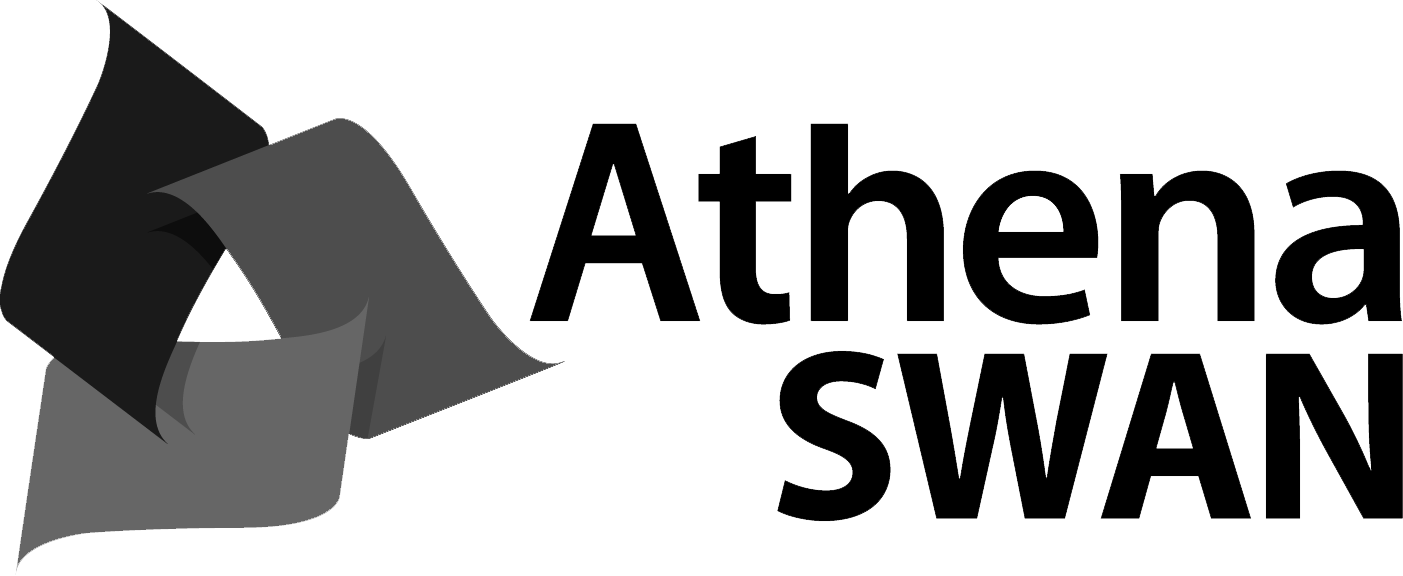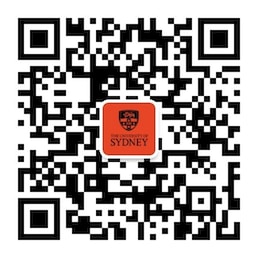Clinical Placement C is a continuation of Clinical Placements A and B, where students are provided opportunities to observe and participate in real-life application of theory and skills learned during on-campus course work. Students will have the opportunity to gain experience in practice and knowledge of a variety of professional settings. The overall objectives of the Clinical Placements Program are to familiarise students with their future professional roles and working environments, and to develop professional skills and behaviours. Students will be required to maintain a Portfolio across the Clinical Placements Program of their placement experiences, and attend on-campus debriefing sessions. Students will also be evaluated by their preceptors on their professional performance during placement as part of the Preceptor Assessment.
Unit details and rules
| Academic unit | Pharmacy |
|---|---|
| Credit points | 0 |
| Prerequisites
?
|
None |
| Corequisites
?
|
None |
|
Prohibitions
?
|
None |
| Assumed knowledge
?
|
None |
| Available to study abroad and exchange students | No |
Teaching staff
| Coordinator | Jennifer Ong, jennifer.ong@sydney.edu.au |
|---|---|
| Lecturer(s) | Jennifer Ong, jennifer.ong@sydney.edu.au |





